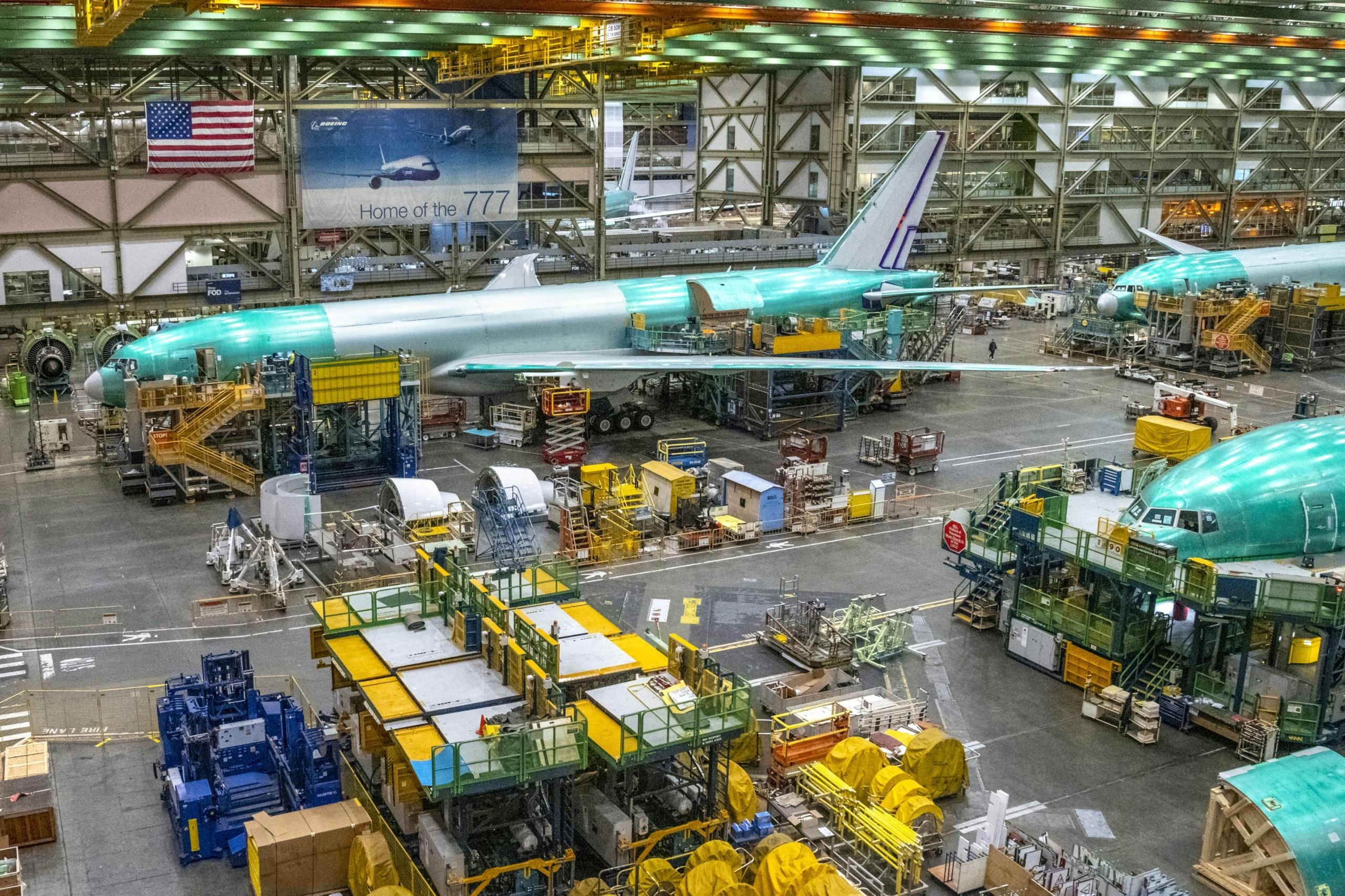
AeroGenie: Su copiloto inteligente.
Tendencias
Categories
Labor Disputes Challenge Aviation Industry’s Financial Stability
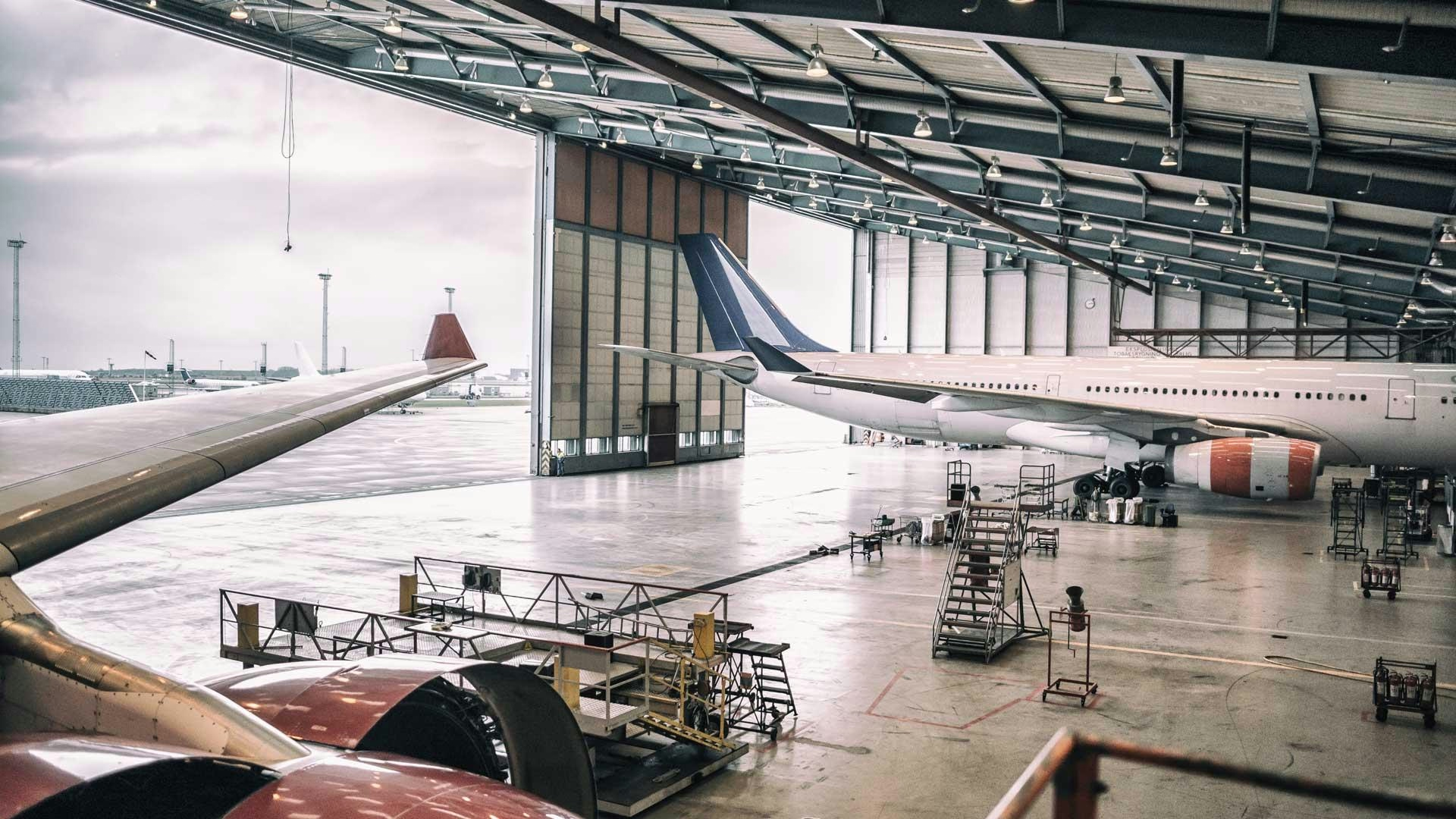
Labor Disputes Challenge Aviation Industry’s Financial Stability
The global aviation industry is confronting significant financial pressures as labor disputes and workforce shortages increasingly disrupt operations. From high-profile strikes at major airlines to escalating wage demands across airports and hospitality sectors, the industry faces mounting challenges in balancing labor costs, operational efficiency, and regulatory compliance.
Labor Unrest Reveals Deep Vulnerabilities
Recent labor conflicts have exposed systemic risks within the aviation sector. Air Canada’s ongoing dispute with the Canadian Union of Public Employees (CUPE) exemplifies this fragility. With 99.7% of CUPE members authorizing a strike over unpaid ground duties, Air Canada is incurring estimated daily losses of $98 million, while Canada’s tourism industry faces a potential $1.4 billion setback. The airline’s operations have also been disrupted by a flight attendant strike that continued despite a government-mandated back-to-work order, highlighting the increasing assertiveness of labor groups.
This unrest is not confined to Canada. In the United States, airlines are contending with inflation-driven wage demands, while a recent minimum wage increase for hospitality and airport workers in Los Angeles has led to hiring freezes, halted renovations, and the sale of some airport-area hotels. These developments raise concerns about the sustainability of critical airport infrastructure amid rising labor costs.
Broader Industry Implications and Supply Chain Challenges
The repercussions of labor disputes extend well beyond individual carriers. The International Air Transport Association (IATA) now projects fewer than 1,600 aircraft deliveries in 2025, as production delays at Boeing and Airbus—exacerbated by mechanics’ strikes—compound existing supply chain difficulties. Concurrently, aging aircraft fleets and escalating maintenance expenses are driving growth in the maintenance, repair, and overhaul (MRO) sector, which is expected to expand at a compound annual growth rate of 3.3% through 2032.
In India, the Directorate General of Civil Aviation (DGCA) is grappling with a shortage of technical personnel, complicating regulatory oversight and maintenance operations. These global trends underscore the risks airlines face if they fail to modernize fleets or adequately address labor grievances, potentially deepening operational disruptions and financial strain.
Strategic Responses and Investor Considerations
Some airlines have managed to navigate these challenges more effectively by proactively addressing labor concerns. Delta Air Lines and Alaska Airlines, for example, have adjusted wages and enhanced benefits to avoid major strikes, contributing to relative stock market resilience. Delta’s 2024 initiative to align flight attendant pay with inflation, at an estimated cost of $120 million, has supported a 7.5% year-to-date stock outperformance compared to the S&P 500.
Nevertheless, these measures have limitations. Alaska Air Group reported a decline in net income for the second quarter of 2025, attributing the downturn to higher labor costs and integration difficulties following its acquisition of Hawaiian Holdings. Meanwhile, low-cost carriers such as Spirit and Frontier face existential challenges amid high debt levels and ongoing labor negotiations in an increasingly costly operating environment.
Workforce Shortages and Operational Pressures
Beyond strikes, the aviation sector confronts a looming global pilot shortage, projected to reach 50,000 by 2025 and 130,000 over the next two decades. This shortage, coupled with understaffed air traffic control centers and cabin crew gaps, is driving up unit costs and undermining service quality. Ryanair’s €150 million revenue loss in 2025 due to baggage handler strikes illustrates the financial and reputational risks posed by even brief labor disruptions.
Airlines investing in training programs and automation, such as Southwest Airlines’ $200 million commitment to pilot academies, may secure a competitive advantage. However, as labor disputes and workforce shortages persist, the financial stability of the aviation industry remains uncertain, with investors closely monitoring which carriers can successfully adapt to this evolving landscape of labor-driven volatility.
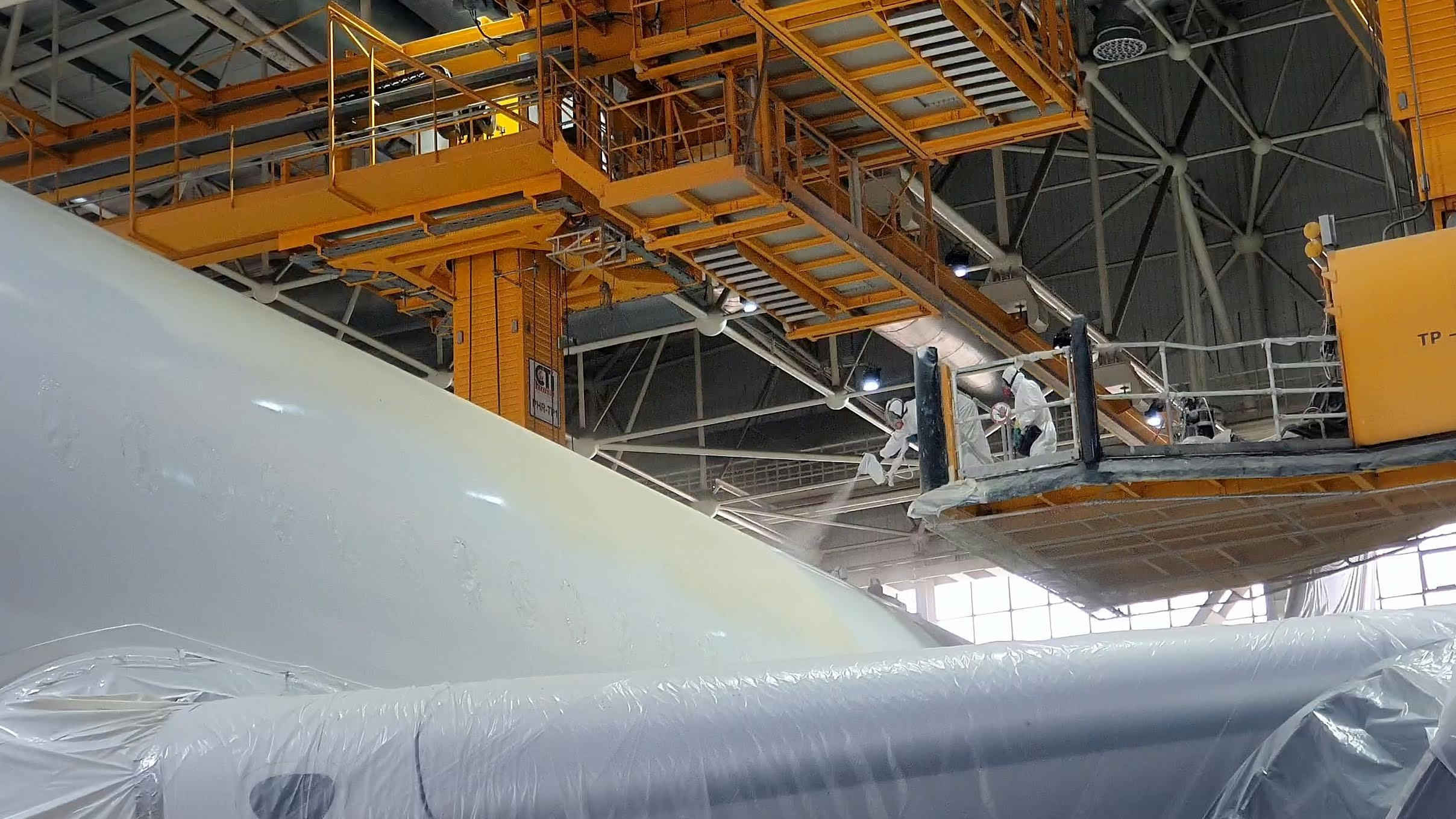
ASKY and TAAG Angola Airlines Establish In-House MRO Facilities to Support Fleet Expansion

Airbus to Release Audited 2025 Orders and Delivery Data on January 12
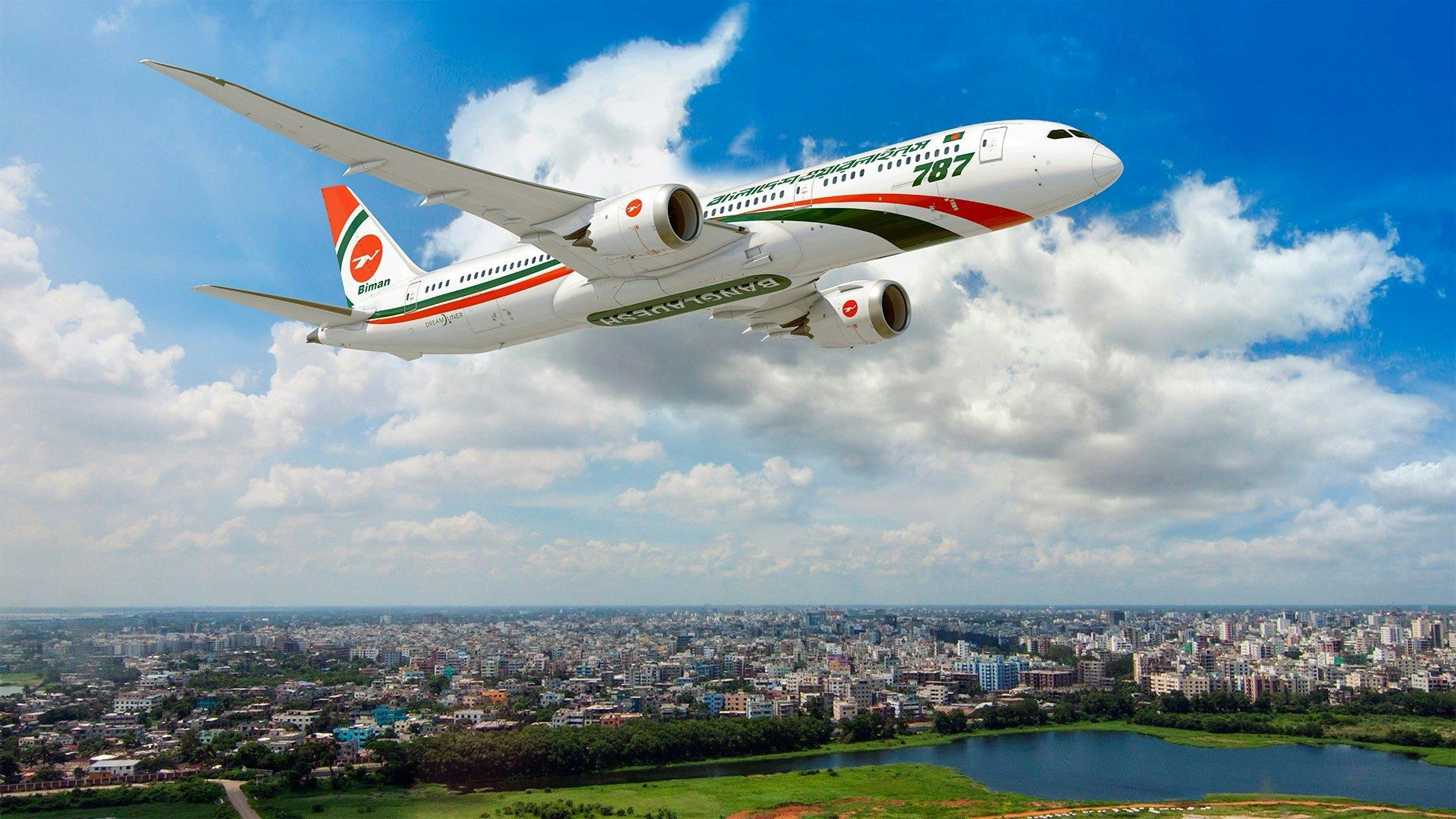
Biman Bangladesh Selects Boeing for New Aircraft Order

Amazon Cancels Italian Drone Delivery Plans Days Before Launch, Setback for U-space

Lufthansa Celebrates 100 Years of Aviation Innovation
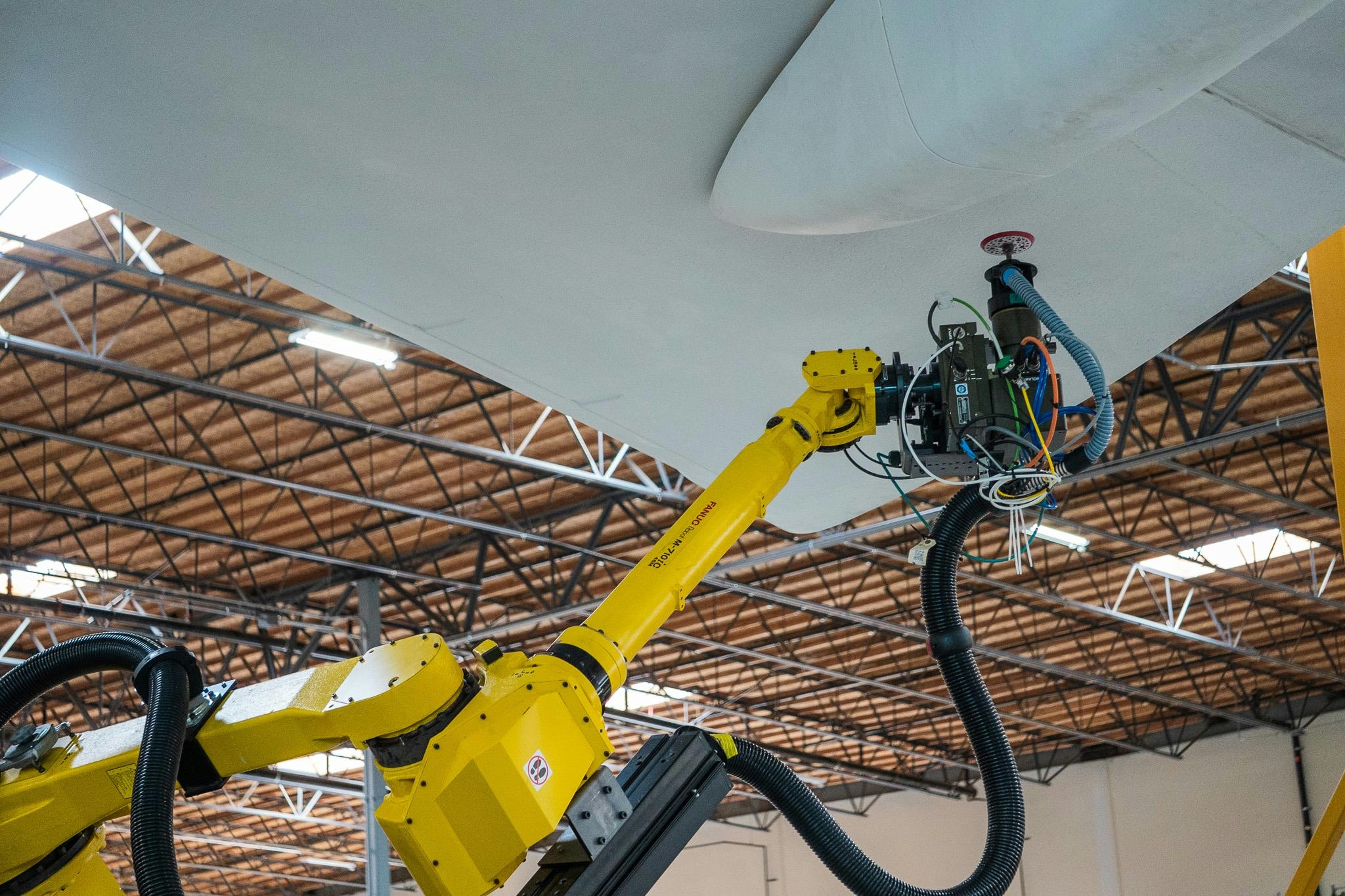
How AI Is Transforming Aviation

Comply365 Acquires MINT Software Systems

Boeing Names Fahad Al Mheiri Vice President for Middle East and North Africa

McNally Capital Acquires PT6A MRO Specialist ATS
